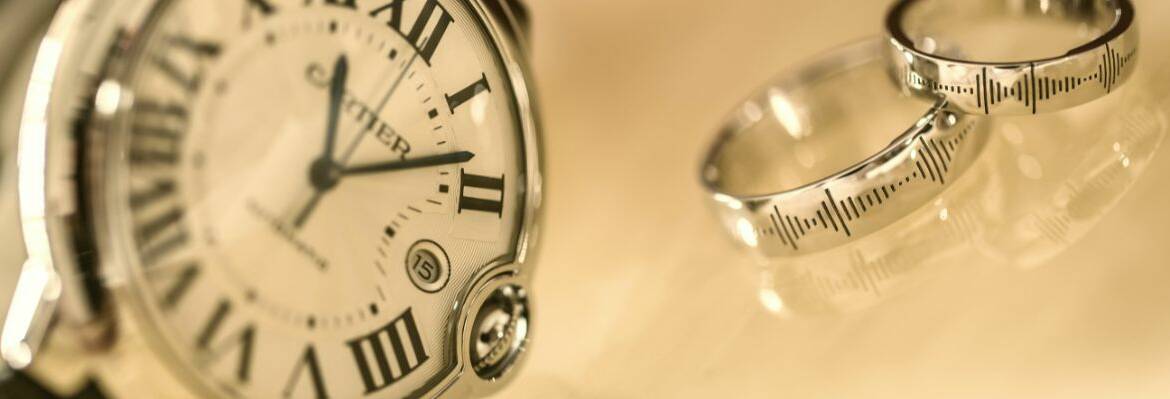How To Recycle & Dispose Of Your Unused Watch
Recycling and disposing of an unused watch can be a bit confusing, but it is important to do it correctly in order to protect the environment. Many watches are made of materials that can harm the planet if not disposed of responsibly.
Here are some steps you should take to ensure you recycle and dispose of your unused watch properly:
1. Research Your Watch Material:
Before you begin the recycling process, research what type of material your watch is made out of. Common materials used for watches include plastic, metal, rubber, and glass. Depending on what type of material your watch is made out of will determine how you should proceed with the recycling process.
For example, if your watch contains mercury or other hazardous materials, then you will need to take extra precautions when disposing of it.
2. Disassemble Your Watch:
Disassembling a watch can seem like a daunting task, but it doesn’t have to be. To begin, find an appropriate surface on which to work (a hardwood table or rubber mat are both ideal). Then, lay out the watch parts and tools you will need in front of you.
Use a Case Knife
To dismantle the watch case, use a case knife or other thin-bladed tool to carefully pry open the back of the watch case. This should be done slowly and carefully to ensure that you do not damage any of the internal components as you do this.
Remove All of the Internal Components
Once you have successfully pried open the back of the watch casing, remove all of the internal components such as screws and gears, being careful not to drop any of them. It is important that all parts remain intact throughout this process for easy reassembly in the future.
Next, take apart other external components such as bands, buckles and clasps so that they can also be recycled or disposed of with minimal effort. Use pliers or small screwdrivers to remove any pins or hardware from these items and set aside for later disposal.
Move Onto Disassembling the Watch Internal Workings
Once all external components have been removed from your watch, it’s time to move onto disassembling its internal workings. Take a pair of tweezers and carefully remove any tiny springs, screws and gears from inside your watch. Set these aside with your other external components for later disposal when no longer needed.
Next, take a small flathead screwdriver and gently pry off any balance wheels that are attached to your movement (this is an important step since balance wheels cannot be recycled). Finally, use tweezers again to remove any tiny jewels from within your movement. These too should be stored away for later disposal when no longer needed.
3. Find a Certified Recycling Facility:
Once you know what type of material your watch is made out of and have taken apart any additional pieces, find a certified recycling facility where you can drop off your unwanted watch safely without harming the environment.
4. Sell If Possible:
Before you recycle your watch, have you considered selling it? At The Watch Exchange London, we can value your watch and give a fair price if it’s in a sellable condition.
5. Use Proper Packaging Materials To Send It Away Safely:
When you send away your unwanted watch by mail, make sure that all packaging materials such as bubble wrap or newspaper are both non-toxic and recyclable so that nothing goes to waste during transport!
You also want to make sure that whatever box or envelope you choose for transporting is sturdy enough to keep everything secure until its destination is reached safely!
6. Check Local Laws & Regulations:
Lastly, always check with local laws and regulations when disposing off an unwanted watch as there may be restrictions on what type and how much material can be recycled at one time depending on where you live!
This information should be available online from either your city’s website or from other sources such as local newspapers who often report on such matters regularly!
By following these steps, you can help ensure that when disposing off an unused watch, it does not cause any unnecessary environmental damage due to improper disposal methods.

